Robert Wilson revisited Afghanistan in April 2014 as an official war artist, this time to record the British troops’ final tour of duty. The military handover is glimpsed in a National War Museum exhibition, Helmand Return from 27 February 2015.
On a military base in Afghanistan, a photographer walks into a workshop and knows instantly he has his picture. Five gleaming crosses made from used ammunition casings stand among the metalwork shavings, each crafted by British soldiers in memory of their comrades. Back in Britain, Robert Wilson, an official war photographer documenting the conflict in Afghanistan, recalls the moment that took his breath away.
Five days earlier a helicopter had gone down and five people had lost their lives. I walked in and there’s five crosses being made to be sent back to their families.
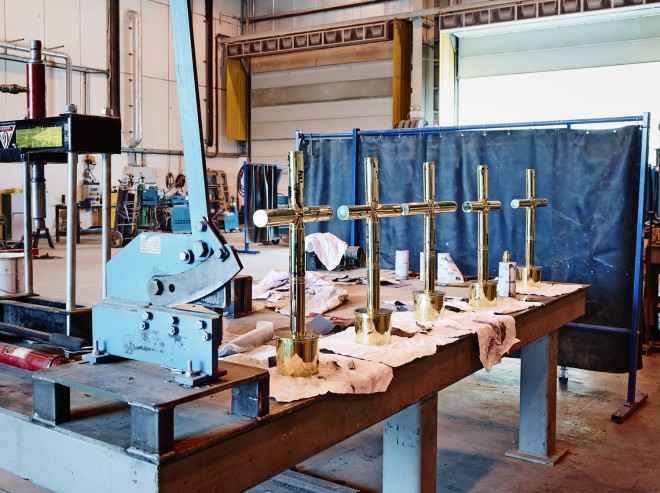
Robert, 45, a commercial photographer by trade, completed his second stint in Helmand as the British military prepared to withdraw from Afghanistan. The result is Helmand Return, an exhibition at the National War Museum, from 27 February.
In 2008, Robert made his first two-week journey to Helmand province to document the lives of the British forces stationed there. The UK military handover is glimpsed in a National War Museum exhibition
You were living off your wits and adrenaline, hanging out of the back of a helicopter photographing, he said The fighting was ferocious.
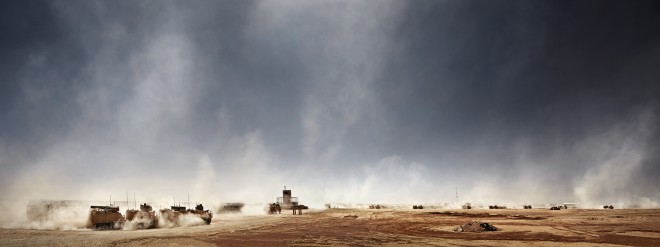
His second trip, last year, was in marked contrast. While less risky, the story of the ‘draw-down’ was given extra poignancy by the centenary of the First World War.
It was tense, and you had to have an armed soldier with you the whole time, but it was a lot less dangerous, explained the London-born photographer.
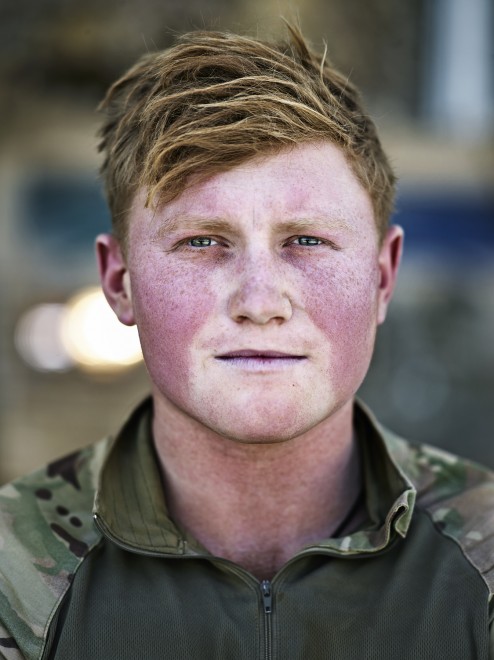
Robert’s experience in the commercial arena, including work for the brewer Guinness and the sports firm Nike, gave him a fresh perspective on the haunting subject of war. His images include beautifully composed portraits, with soldiers staring straight into the camera, or intimate glimpses of life in the camp.
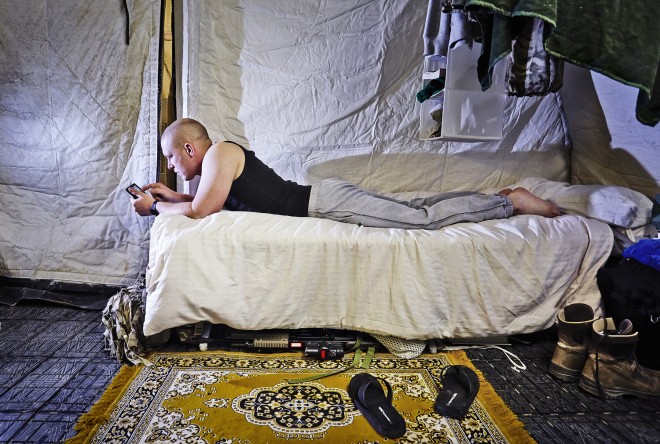
Some are abstract shots – one photograph showing a snaking line of bullets appears pretty until you take a closer look. All the images provoke thoughts about the lives behind them, British or Afghan.
It’s not all just typical imagery of war and an army base and guns,
said Robert, explaining he had access to soldiers during their downtime, as well as during operations and training.
There’s one shot of a guy making a metal rose for a loved one back home. It’s those sort of personal moments I was looking for.
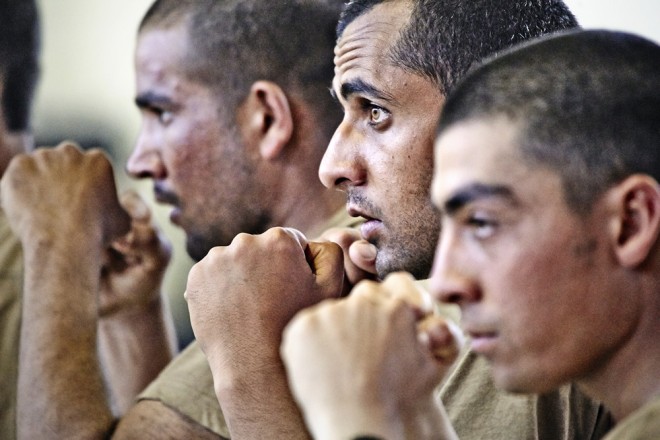
He believed his audience would understand the motives behind his Afghanistan images.
I think people realise you’re doing it for a reason.
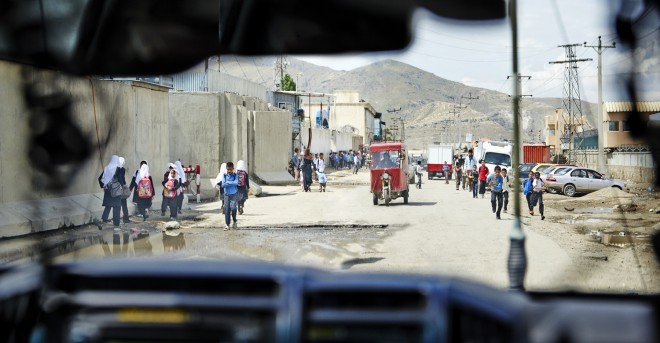
This article first appeared in Spring 2015 edition of Explorer, the magazine for supporters of National Museums Scotland. Find out more about supporting National Museums Scotland here.
